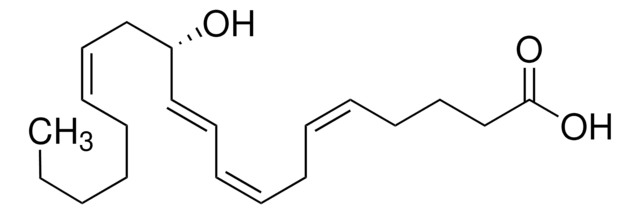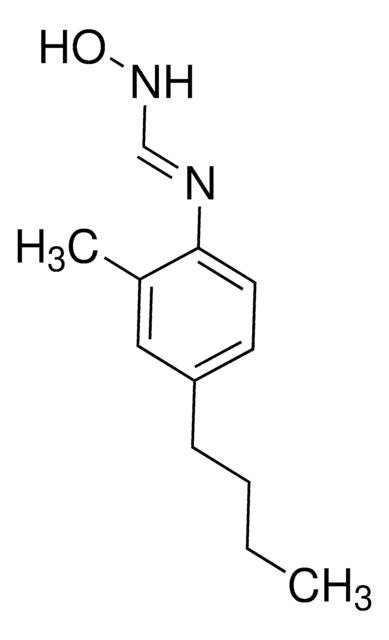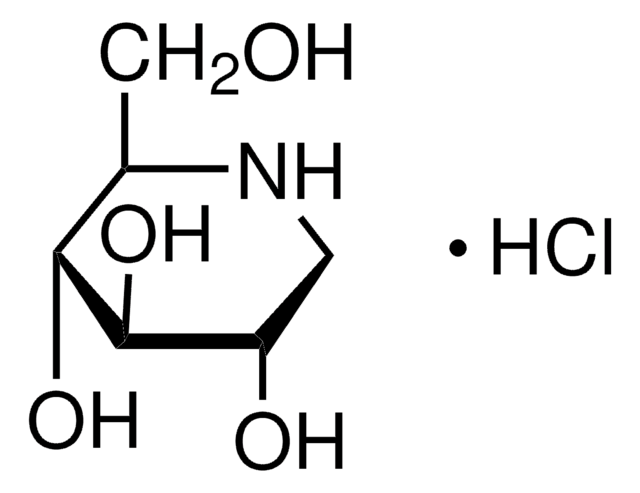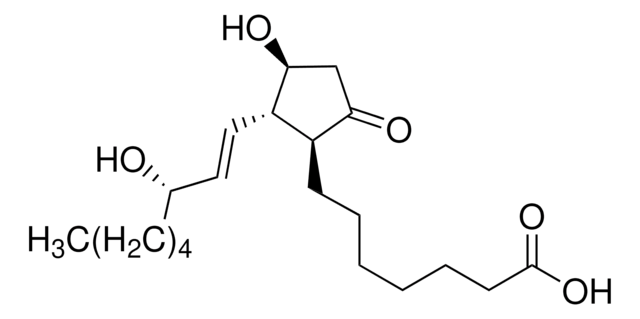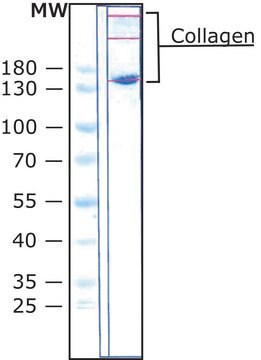H3023
20-Hydroxy-(5Z,8Z,11Z,14Z)-eicosatetraenoic acid
≥90% (HPLC), liquid, Ras/MAP pathway activitor
Sinónimos:
20-HETE, 20-Hydroxyarachidonic acid
About This Item
Productos recomendados
product name
20-Hydroxy-(5Z,8Z,11Z,14Z)-eicosatetraenoic acid, ~100 μg/mL in ethanol, ≥90% (HPLC)
assay
≥90% (HPLC)
form
liquid
concentration
~100 μg/mL in ethanol
shipped in
dry ice
storage temp.
−20°C
SMILES string
OCCCCC\C=C/C\C=C/C\C=C/C\C=C/CCCC(O)=O
InChI
1S/C20H32O3/c21-19-17-15-13-11-9-7-5-3-1-2-4-6-8-10-12-14-16-18-20(22)23/h1,3-4,6-7,9-10,12,21H,2,5,8,11,13-19H2,(H,22,23)/b3-1-,6-4-,9-7-,12-10-
InChI key
NNDIXBJHNLFJJP-DTLRTWKJSA-N
Biochem/physiol Actions
Packaging
signalword
Danger
hcodes
Hazard Classifications
Eye Irrit. 2 - Flam. Liq. 2
Storage Class
3 - Flammable liquids
wgk_germany
WGK 1
flash_point_f
57.2 °F - closed cup
flash_point_c
14.0 °C - closed cup
ppe
Eyeshields, Gloves, type N95 (US)
Certificados de análisis (COA)
Busque Certificados de análisis (COA) introduciendo el número de lote del producto. Los números de lote se encuentran en la etiqueta del producto después de las palabras «Lot» o «Batch»
¿Ya tiene este producto?
Encuentre la documentación para los productos que ha comprado recientemente en la Biblioteca de documentos.
Los clientes también vieron
Nuestro equipo de científicos tiene experiencia en todas las áreas de investigación: Ciencias de la vida, Ciencia de los materiales, Síntesis química, Cromatografía, Analítica y muchas otras.
Póngase en contacto con el Servicio técnico

